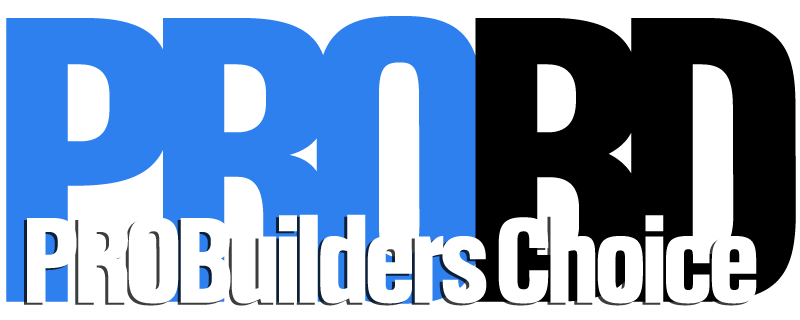Following a cycle low in December, existing house sales increased to a five-month high to begin the year, according to the National Association of Realtors (NAR).
Low resale availability and high demand drove up existing house prices for the seventh consecutive month, marking a year-over-year gain in the median sales price. For the first time in 14 months, price inflation has exceeded wage growth.
However, recent mortgage rate cuts and further inventory improvements are projected to generate increased demand in the coming months.
In January, total existing home sales (single-family homes, townhomes, condominiums, and co-ops) increased 3.1% to a seasonally adjusted annual rate of 4.00 million. Sales fell 1.7% year on year.
In January, the first-time buyer percentage dropped to 28%, down from 29% in December 2023 and 31% in January 2023. The inventory level increased from 0.99 million in December to 1.01 million units in January, a 2.0% increase from the previous year.
At the current sales pace, January unsold inventory is 3.0-months’ supply, down from 3.1-months last month but up from 2.9 months the previous year.

This inventory level is extremely low when compared to balanced market conditions (4.5 to 6 months’ supply), demonstrating the long-term need for greater housing building.
Homes were on the market for an average of 36 days in January, up from 29 in December 2023 and 33 in January 2023.
In January, all-cash sales accounted for 32% of total transactions, up from 29% in both December and the previous year. This represented the highest share in ten years. Interest rate adjustments have less of an impact on all-cash buyers.
The January median sales price for all existing homes was $379,100, up 5.1% from the previous year.
This was the highest recorded price in January since 1999. The typical condominium/co-op price in January was $339,400, a 5.7% increase over the previous year.
Existing house sales in January were uneven among the four major areas.
In January, sales in the Midwest, South, and West climbed by 2.2%, 4.0%, and 4.3%, respectively, while sales in the Northeast remained stable.

The West was the only region to see a year-over-year sales increase, with a 2.8% gain.
In contrast, sales in the remaining three regions fell, ranging from -1.6% in the South to -5.9% in the Northeast.
The Pending Home Sales Index (PHSI) is a forecasting tool based on signed contracts.
The PHSI increased to 77.3 in December, its highest level since August 2023. Pending sales were 1.3% higher than a year earlier, according to NAR data.

(Source: Buildradicals.com)











